Sailing is a wonderful way to enjoy the beauty of the UK’s waters, whether it’s cruising around the coast or exploring inland lakes and rivers. However, safety should always be a top priority when you’re out on the water.
More information is available here on the BSS (Boat Safety Scheme)
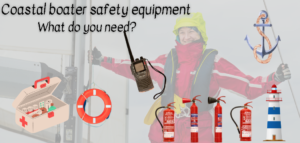
Table of Contents
Minimum Sailboat Safety Equipment in the UK:
In the UK, there appear to be no minimum safety requirements that you must meet before you can set sail other than those requirements under the International Convention for Safety of Life at Sea Regulations. (SOLAS Chapter 5). In this article, we’ll take a closer look at the minimum sailboat safety equipment you ideally need to have onboard to stay safe while enjoying your time on the water. I would point out that if you are using a vessel inland then you may well need to satisfy and hold an in-date ‘BSS’.
Radar Reflectors
Whatever size your boat is, it is important to make sure that you can be seen by radar. SOLAS
Regulation V/19 requires all small craft under 150 Gross Tonnage to fit a
radar reflector or other means of detection by radar, ‘if practicable’. This
means if it is possible to use a radar reflector on your boat then
you should use one, which is suitable for detection in the 3 and 9 Ghz bands.
You should fit the largest radar reflector possible in
terms of the Radar Cross Section (RCS) that you can. Whatever length
your boat is, the radar reflector should be fitted according to the maker’s instructions. It should also be fitted as high as is practically possible to enhance the chances of detection. Big ships run down lile boats when they can’t see them. It happens.
Personal Flotation Devices (PFDs)
The first and most important piece of safety equipment that you need to have onboard your sailboat is a personal flotation device (PFD). A PFD is a type of lifejacket that is designed to keep you afloat in the water in the event of an accident or emergency. In the UK, it’s mandatory for every person onboard a sailboat to have a PFD that is appropriate for their size and weight.
Visual Distress Signals
Another essential piece of safety equipment that you need to have onboard your sailboat is visual distress signals. These signals are used to attract the attention of rescuers in the event of an emergency or distress situation. In the UK, sailboats should carry a minimum of two approved visual distress signals, such as flares, smoke signals, or a combination of both. If your boat is over 13.5 metres they are a requirement under SOLAS V
Navigation Lights
Navigation lights are also mandatory safety equipment for sailboats. These lights are used to indicate your position, direction of travel, and other important information to other boats on the water. In addition to having navigation lights, it’s important to ensure that they are in good working order before you set sail.Fire Extinguishers
Fire extinguishers are also a mandatory safety requirement for sailboats in the UK. Fires onboard a sailboat can quickly become life-threatening, so it’s important to have a fire extinguisher readily available in case of an emergency. The number and size of the fire extinguishers required will depend on the size of your sailboat.
First Aid Kit
A first aid kit is an essential piece of safety equipment that every sailboat should have onboard. Accidents and injuries can happen at any time, so it’s important to have the necessary supplies to treat minor injuries or stabilize a more serious injury until medical help arrives. The first aid kit should include items such as bandages, antiseptics, pain relievers, and other essential medical supplies.
Bilge Pump
A bilge pump is another essential piece of safety equipment that every sailboat should have onboard. A bilge pump is used to remove excess water from the bilge of your sailboat, which can accumulate due to leaks or rough seas. In the event of an emergency, a bilge pump can be a lifesaver, as it can help keep your sailboat afloat until help arrives. These come in a viety of shapes and sizes both electric and manual. Personally I suggest that a manual one should be fitted in the cockpit somewhere as a backup to the electric one that should be fitted with a float switch, and always on when at sea.
Sound Signaling Devices
Sound signaling devices, such as whistles or horns, are another essential piece of safety equipment that every sailboat should have onboard. These devices are used to signal your presence and intentions to other boats on the water, especially in low visibility conditions. In the UK, sailboats are required to have a sound signaling device that can be heard from a distance of at least half a mile.
Anchor and Rode
An anchor and rode are also important safety equipment for sailboats. They can be used to prevent your sailboat from drifting away or running aground in the event of engine failure or other emergencies. It’s important to ensure that your anchor and rode are suitable for the size and weight of your sailboat, and that you know how to use them properly. See our Anchors and Anchoring Article
VHF Radio
A VHF radio is another important piece of safety equipment that every sailboat should have onboard. VHF radios allow you to communicate with other boats and emergency services and can be used to call for help in the event of an emergency. It’s important to ensure that your VHF radio is in good working order before you set sail and that you know how to use it properly.
The RYA provide many courses on this subject and officially you are required to hold a licence to operate a transmitting device.
The International Radio Regulations prohibit the establishment of a transmitting station by a private person or an enterprise without a licence. In the UK you can obtain a ships license from Ofcom
FAQs:
-
Are there any additional safety equipment or supplies that I should consider having onboard my sailboat?
Yes, in addition to the minimum safety equipment required by UK law, there are several other items that you may want to consider having onboard your sailboat for added safety and preparedness. These may include a first aid kit, flares, a fire extinguisher, a bilge pump, a GPS device, and a compass.
-
How often should I check and replace my safety equipment?
It’s important to regularly inspect and maintain your safety equipment to ensure that it’s in good working order. This includes checking the expiration dates on items such as flares and fire extinguishers, and replacing them as necessary. It’s also a good idea to test your sound signaling device and VHF radio periodically to make sure they are functioning properly.
Conclusion
As you can see, there are several essential pieces of safety equipment that you need to have onboard your sailboat to comply with UK law and stay safe on the water. While this list covers the minimum requirements, it’s always a good idea to have additional safety equipment and supplies onboard, especially for longer trips or more challenging sailing conditions. Remember, safety should always be your top priority when you’re out on the water, and being prepared can make all the difference in the event of an emergency. So, before you set sail, make sure you have all the necessary safety equipment and supplies onboard to ensure a safe and enjoyable sailing experience.
Product Suggestions
Marine Safety Video
Marine Safety Rules
Marine Safety Rules #SafetyRule #MarineSafety #SafetyShip Don’t Forget to Subscribe Us Like Facebook: …

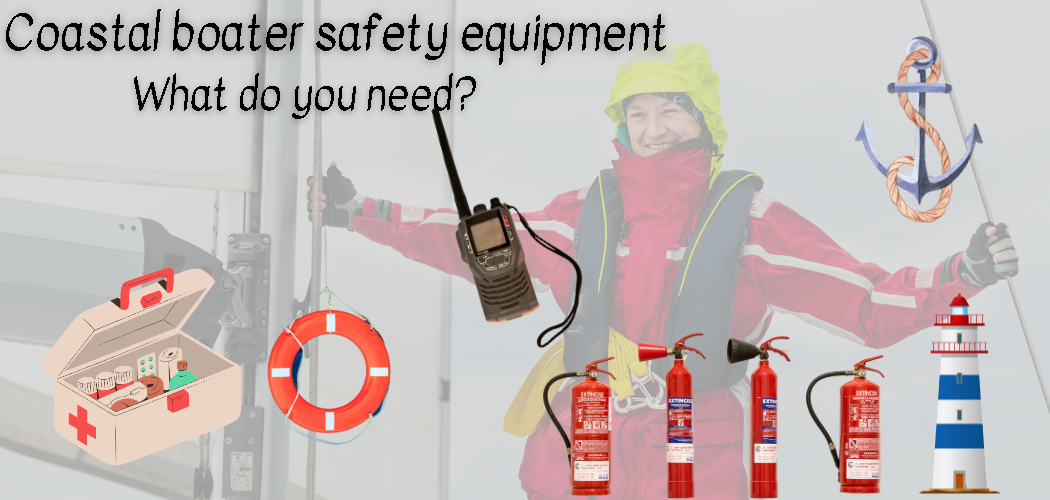

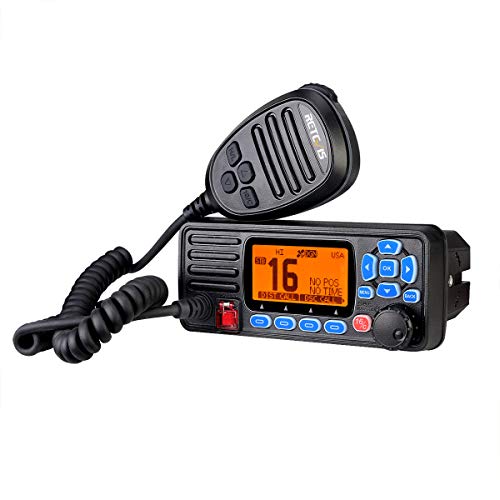

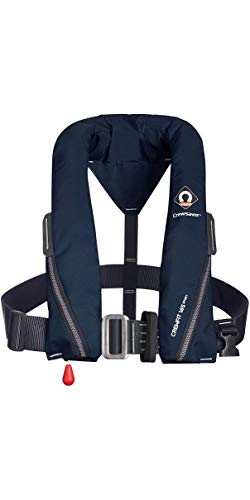
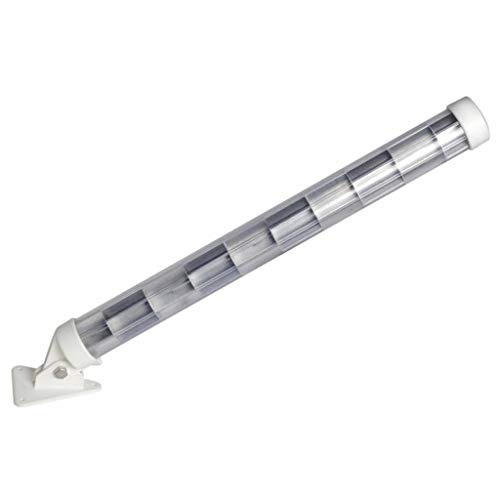
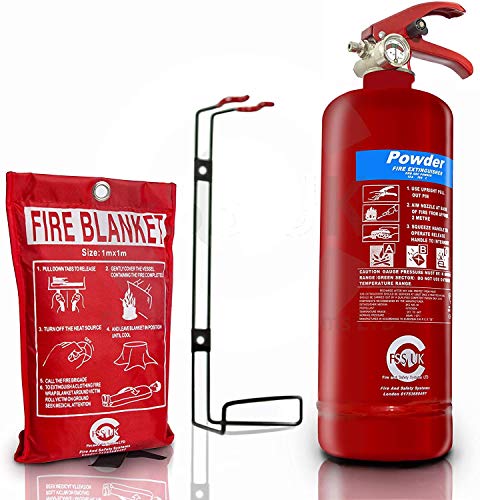
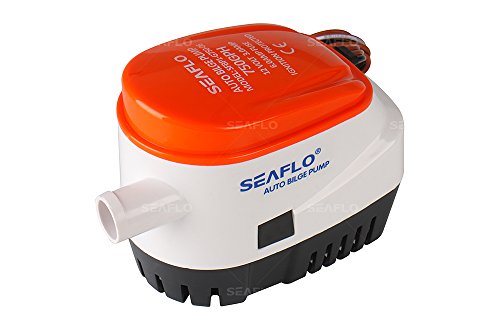
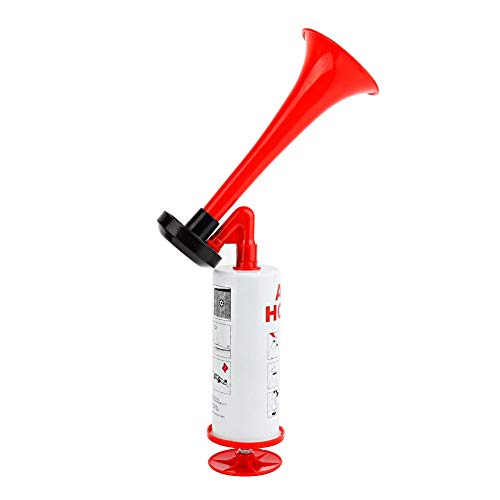
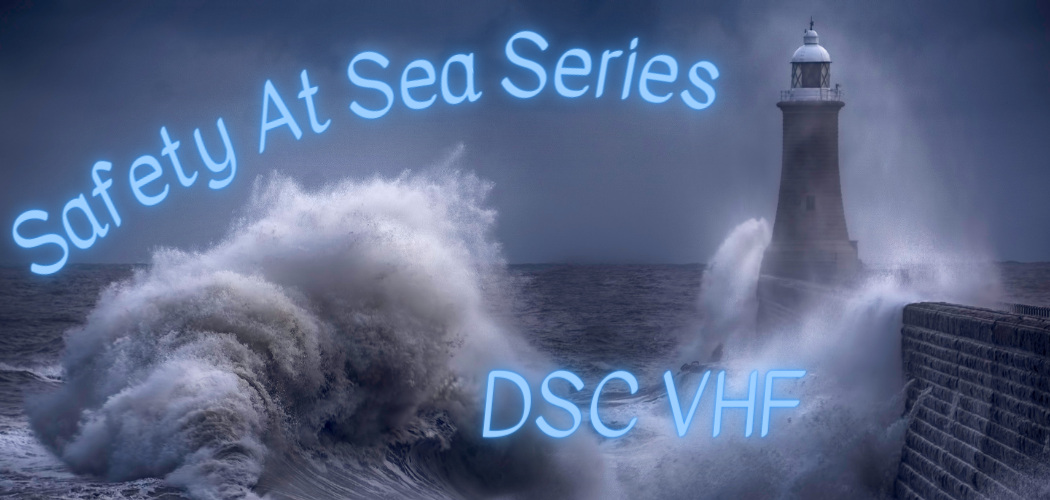
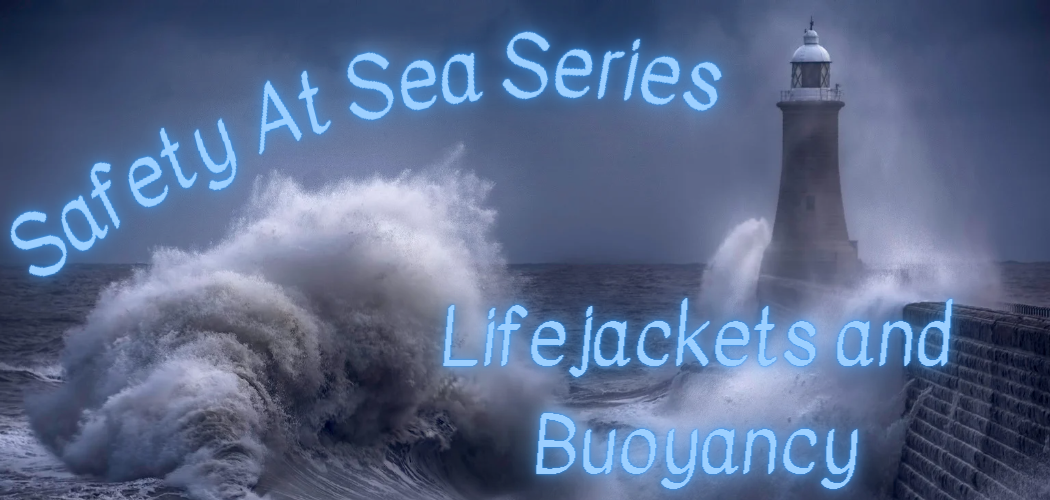
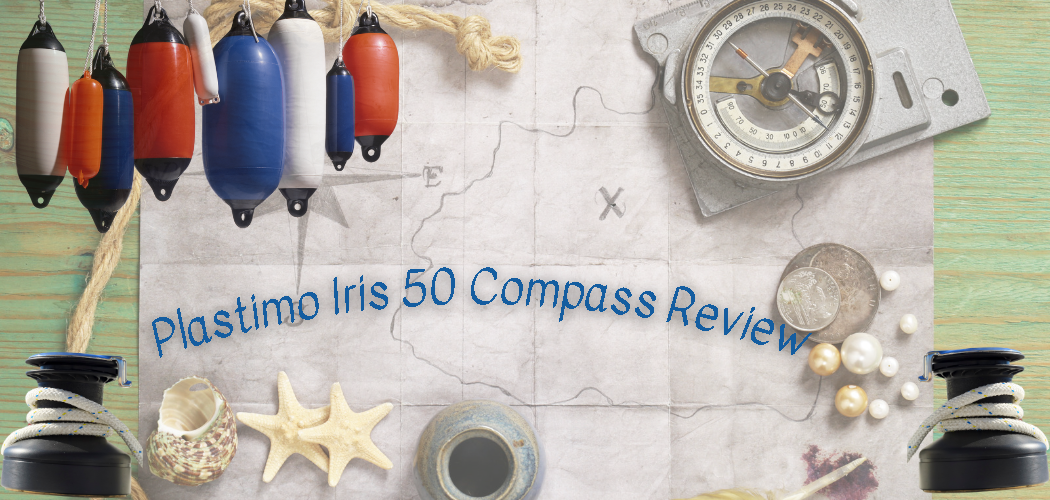
Leave a Reply